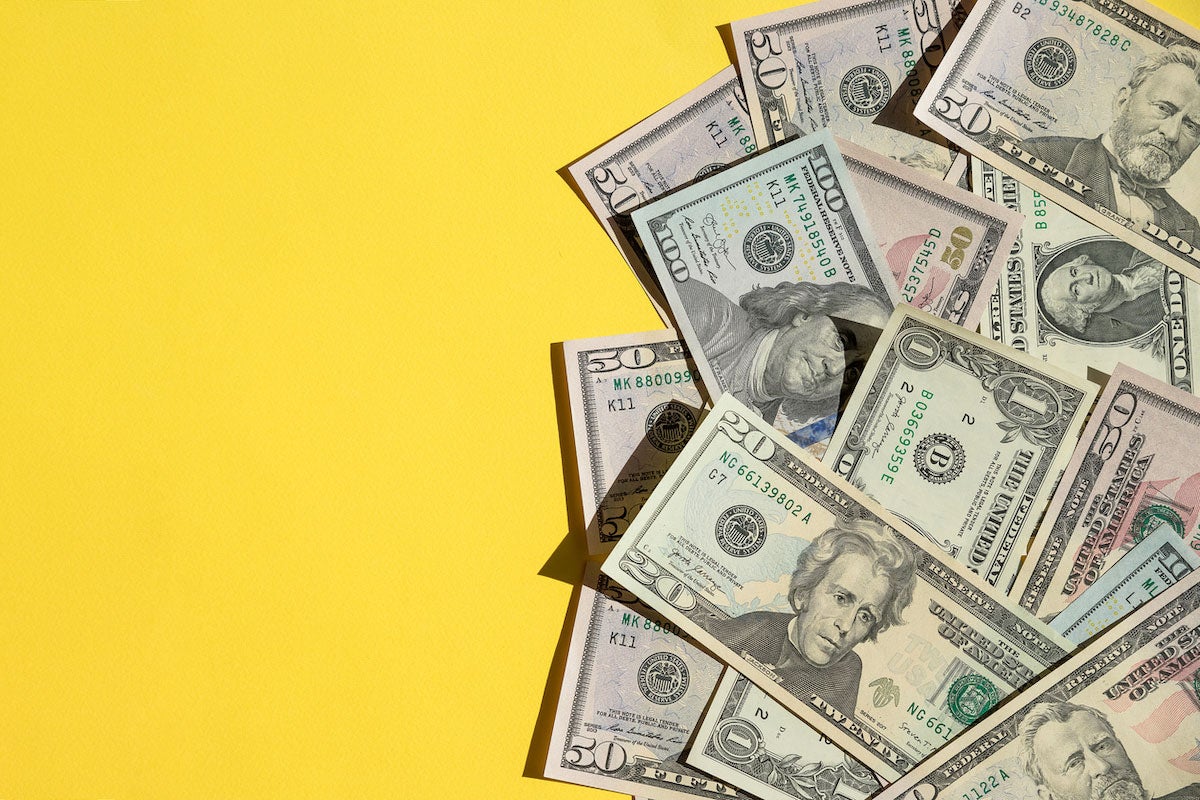U.S. consumers powered the recovery following the pandemic but high gasoline and energy prices and food and housing costs have eroded their purchasing power and triggered the Pasta Bowl Recession, says Sean Snaith, national economist and director of UCF’s Institute for Economic Forecasting, in his latest U.S. Economic Forecast.
“The Pasta Bowl Recession began with a whimper and will end the same way in 2023,” says Snaith, who dubbed it the Pasta Bowl Recession due to its low and shallow shape.
While the recession may not be deep, he expects it to last four quarters — representing the wide part of the bowl. In May 2009, Snaith accurately predicted the end of the Great Recession and forecasted the gradual recovery that followed as the Gravy Boat Recession. The institute releases quarterly U.S. and Florida economic forecasts authored by Snaith. Released today, the U.S. Forecast includes economic analyses and projections from 2022 to 2025.
In this report, Snaith predicts that:
- The “jobfull recession” that characterizes the Pasta Bowl has been fueled by record declines in productivity. Payroll job growth of 3.8% in 2022, will turn negative in 2023 as the “jobfull recession” transitions with job growth falling to -0.3%.
- Real consumption spending accelerated to 7.9% in 2021 but will ease to 2% in 2022, then to 1% in 2023 and then rise gradually to 1.8% in 2024 and 1.6% in 2025.
- Consumer price inflation will begin a slow decline in the second half of 2022. Housing and food prices will slow the pace of this decline. By the end of 2023, inflation will be close to the Fed’s target level of 2% thanks to interest rate hikes and the Pasta Bowl Recession.
- Quarterly real GDP growth during the period 2022 Q1 through 2023 Q1, which includes the Pasta Bowl Recession, is expected to be -1.6% in 2022 Q1, -0.9% in 2022 Q2, -0.7% in 2022 Q3, -1.1% in 2022 Q4 and -0.5% in 2023 Q1.
- High prices plus rising mortgage rates are eroding demand in the housing market. Ultra-low inventories will underpin the sector. Housing starts will decline from 1.56 million in 2022 to 1.25 million in 2023 then hover at this level before ticking up to 1.30 million in 2025.
- 2 million job openings will provide a shock absorber for the impact of the recession on the labor market. The headline unemployment rate is expected to rise from 3.8% in 2022 to 6.6% late in 2024 before beginning a gradual decline in 2025.




